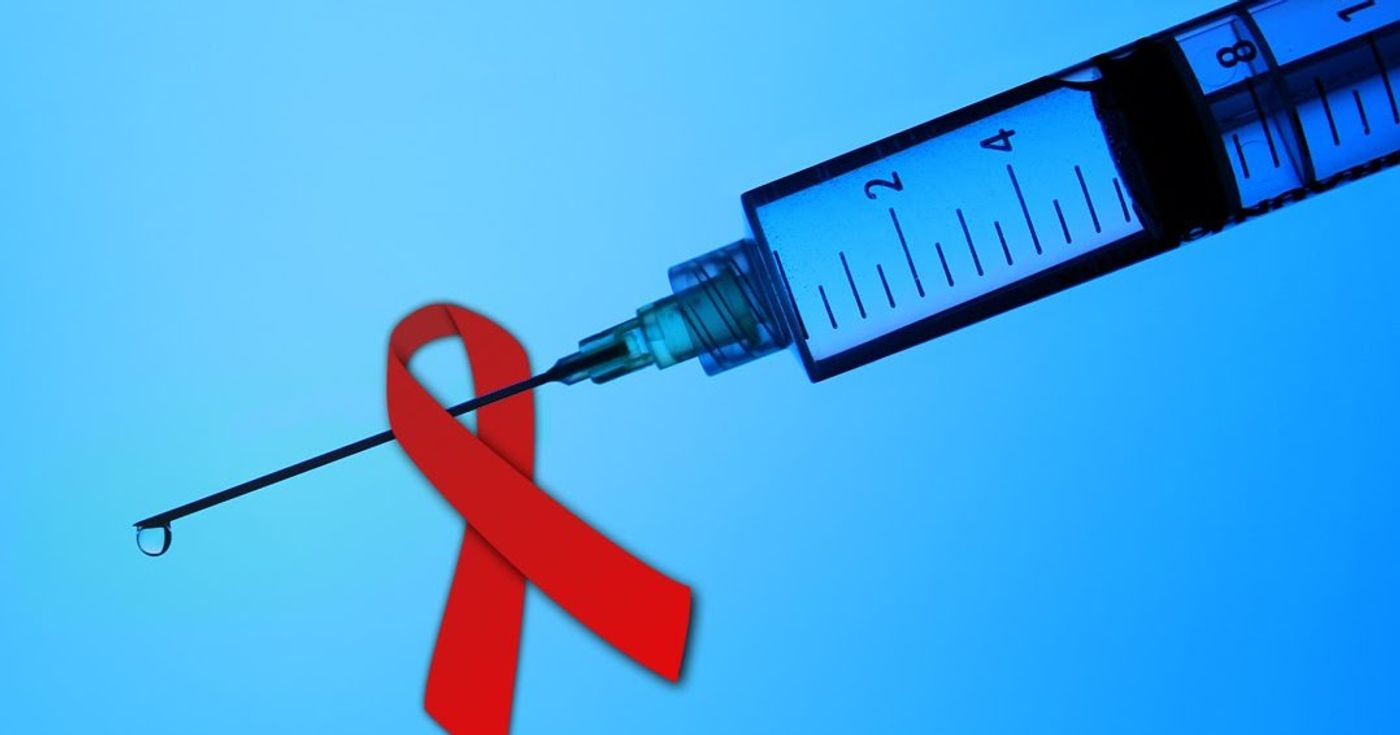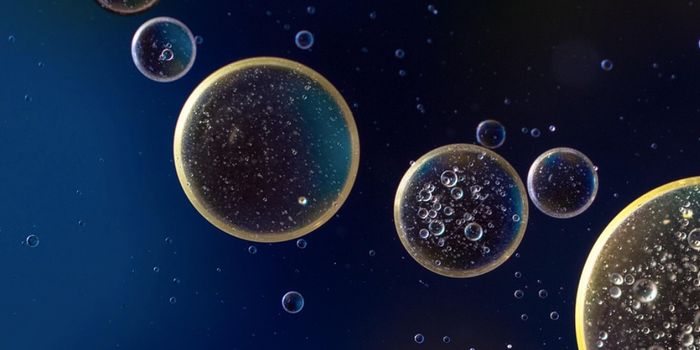By combining two experimental treatments, scientists say they’re closer than ever to
a functional cure for HIV – one of the most pernicious viruses in human history.

HIV is a virus that gradually attacks the body’s immune system. Transmitted through infected bodily fluids like blood or semen, the virus enters the bloodstream and targets the host’s helper T cells, a specialized type of white blood cells. Because it is a retrovirus, HIV can hijack the host’s replication machinery to make more of copies of itself.
The research was done on monkeys infected with the simian immunodeficiency virus, the human equivalent of HIV. In this study, 36 monkey were divided into 4 groups: one received a Johnson & Johnson vaccine known as Ad26/MVA and one group received a Gilead immune booster drug known as GS-986. The remaining two groups were divided into those that received both drugs, and those that received no drugs (controls).
In monkeys that received both the vaccine and the immune drug, scientists found the lowest levels of the virus – about 50 times less than the controls. This showed that the drugs were effective at suppressing viral replication.
But most importantly, in monkeys that received both drugs, the viral load suppression was sustained 6 months after discontinuing the antiretroviral therapy. This is promising evidence showing the combination therapy can act as a functional cure against HIV.
"Current antiretroviral drugs, although they're lifesaving, do not cure HIV. They merely hold it in check. We are trying to develop strategies to achieve ART-free, long-term viral suppression," said Dan Barouch, a vaccine researcher at Harvard-affiliated Beth Israel Deaconess Medical Center in Boston, and the study’s lead author.
Barouch attributed the success of the drugs to a two-punch approach that they’ve nicknamed the “kick and kill” strategy. In essence the drugs work synergistically to kickstart both the innate and the adaptive immune system to destroy dormant HIV-infected cells that would otherwise hide only to resurface later. In this way, the therapy ‘teaches’ the body to control the virus without being beholden to antiviral medications.
"We reasoned that if we can activate the immune cells that might harbor the virus, then the vaccine-induced immune responses might perform better seeking them out and destroying them," said Barouch. "Indeed, we saw the best results when we combined the vaccine together with the innate immune stimulant."
The results have prompted a swift move to the next phase. Both companies are planning to test the drugs in human clinical trials soon.
But, Barouch also acknowledges the limits of the new therapy. While the monkeys with the combination drug showed extremely low amounts of the virus, they nevertheless still had the virus. As such, the virus can still wreak havoc.
“If all the animals' viral loads had been undetectable, that would have been a home run,” said Barouch. “But the fact that all animals showed a reduction in viral load and three out of nine were undetectable, that’s a solid base hit. It’s definitely something that we can work from.”
Additional sources:
Reuters,
Beth Israel Deaconess Medical Center









